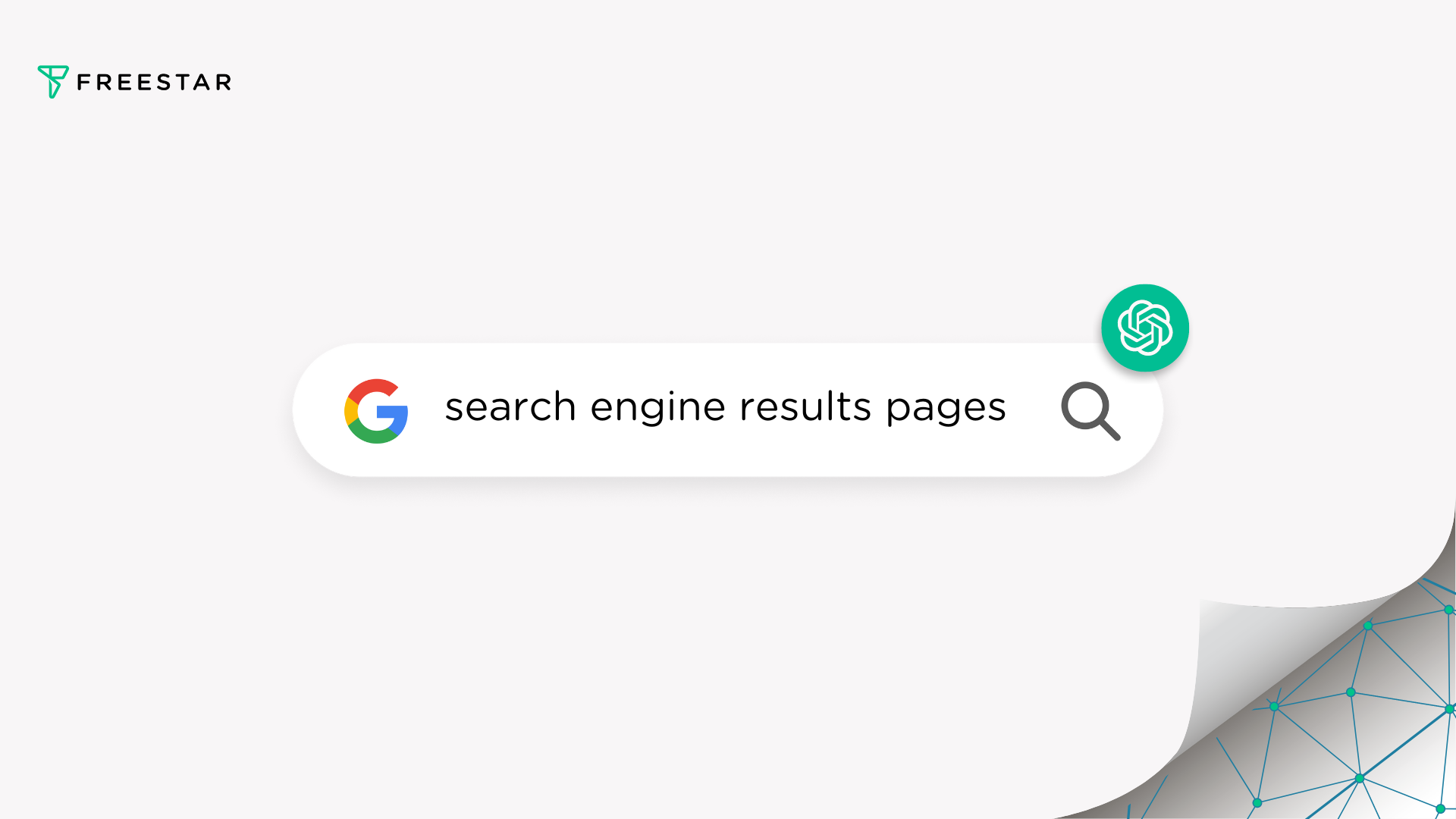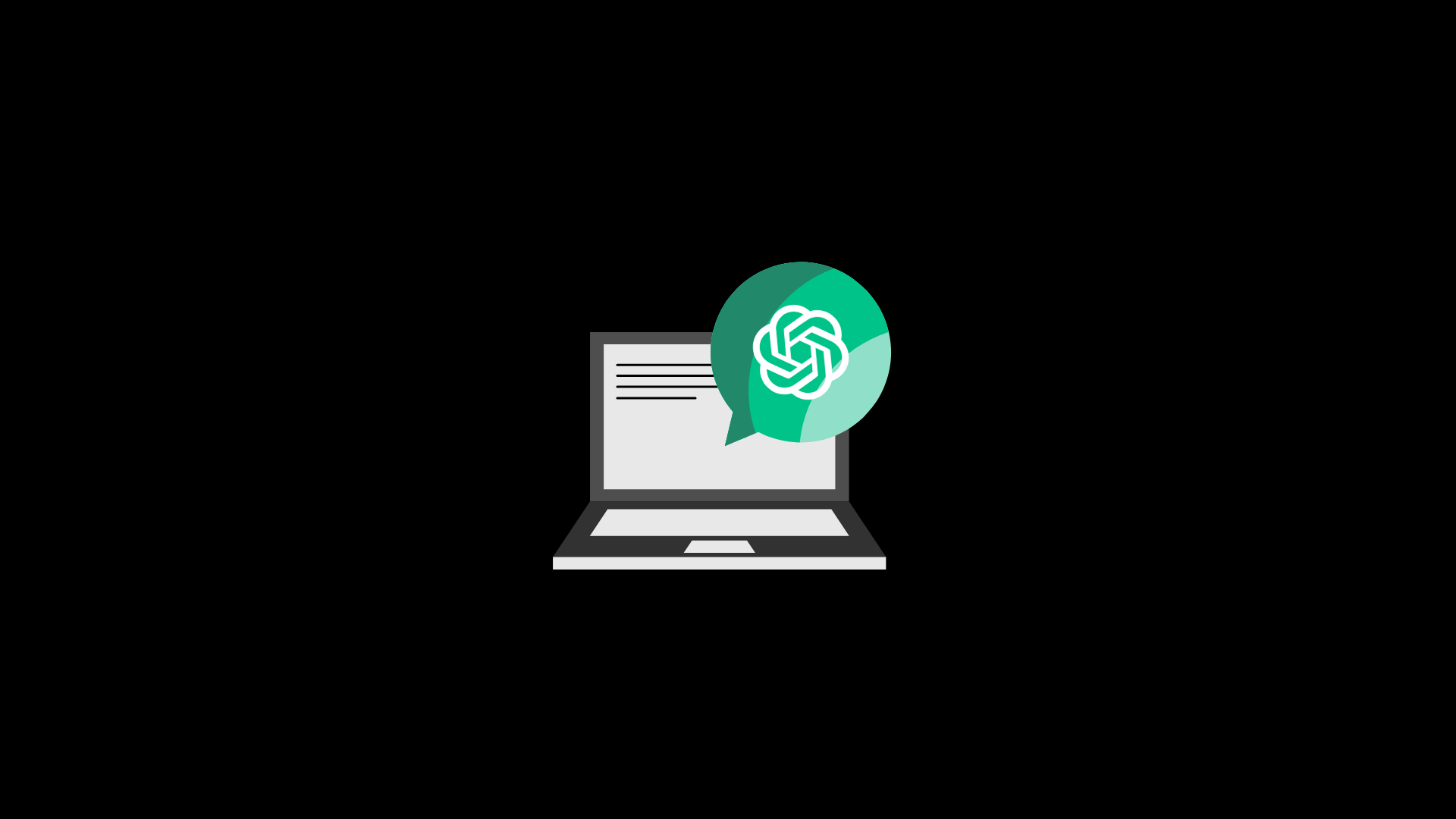July kicks off the start of Q3, hard to believe! Summer months can be a bit of a roller coaster when it comes to both website traffic and advertising budgets, making it hard to know exactly what to expect.
July falls smack in the middle of what certain publishers consider the “summer slump.” For verticals like entertainment, the summer is when shows stop filming; for education sites, school is out. However, summer can be steady for travel sites, wedding content, and fashion sites.
Regarding advertising budgets, the summer can vary depending on several factors, including the industry, target audience, geographic location, and specific marketing objectives. Let’s jump in!
CPM Trends
July is historically slower for publishers than June, but still one of the better months of the first half of the year for CPMs. June tends to be a good month since, for many businesses, the end of June is the end of their fiscal year. Naturally, any remaining budgets allotted to that year need to be spent in the final weeks of June.
The rise of digital advertising and e-commerce has brought a level of flexibility and consistency in advertising budgets. Brands can quickly adapt their spending based on real-time data and consumer behavior during the summer, allowing for more agility in allocating advertising funds. Even without key holidays or events driving shopper spending, there are still many seasonal ways to provide shoppable moments throughout editorial content.
Hot July Topics
Consider your target audience when writing trending content and align the headlines with their interests and needs. Because regardless of what is trending, if it doesn’t make sense for your audience, it won’t perform. Google Trends and Pinterest Trends are helpful tools for this type of insight.
This month, the Fourth of July is the primarily observed holiday in the United States. Several other seasonal content trends to work story angles for are —
- family travel
- road trips
- beach holidays, best beaches and sunscreen facts
- outdoor activities for kids
- summer learning activities, like word games and piano
- camping
- hiking
- music festivals
- outdoor home decor
- outdoor lighting
Use keyword research tools like keysearch.co, topically and answer the public to understand how to make seasonal content topics relevant to your niche.
How to Maximize Ad Revenue in July
1. Update historical top performing content
With Google’s upcoming Search Generative Experience, ranking at the top of organic search results will be more challenging than ever. Instead of churning out more new content, update top performers from last July.
When you’re refreshing content, google the post topic and see who ranks in spots #1-4. What commonalities from those posts is yours lacking? Improve quality with more helpful content, new images, internal links, video, and fresh FAQs.
2. Expand topic coverage with content clusters
Content clusters represent a tree-with-branches approach to sufficiently covering a topic that is relevant to your expertise. Think of the tree trunk as the central theme and the branches as all the individual article angles that should also be published to thoroughly cover the central theme.
Here are several examples of how to make this content strategy relevant to July. Make sure to interlink the related articles within the content cluster.
- Summer travel destinations: packing tips, suggested itineraries, location recommendations, activities, travel essentials, expected weather
- Outdoor summer activities: best hiking trails, family-friendly camping tips, water sports for kids
- BBQ and grilling recipes: dedicated summer recipes, cooking tips, best products and techniques for grilling
- Summer style: summer fashion trends, outfit ideas, and tips for staying stylish in the hot weather
- Gardening and landscaping: summer gardening advice, plant care, landscaping tips, outdoor spaces
- Summer fitness and wellness: Provide workout routines, healthy eating tips, self-care practice
- Beach tips: cool beach essentials, packing tips, and beach vacation ideas
First, use GA to identify the main themes that perform well for your site each July. Next, update historical top performers and write 3-5 new articles for each content cluster and link to the new content.
Q3 is here, which means Q4 is a mere three months away. Before you know it, seasonal content will be all we’re talking about. Start slowly by updating July’s past performers and fleshing out your content clusters, and then do what you can to make lemonade out of lemons this summer.




